A month ago we were all nodding our heads sagely and predicting an early autumn as night-time temperatures headed down towards woodstove range and rainclouds gathered. Suddenly the valley was full of the sound of chainsaws and axes as everyone scrambled to get their firewood ready for winter, blocking and chopping the lengths of timber cut earlier in the year and left to dry. We haven’t lit the woodstove yet, but I dug out the winter quilt.
That was a month ago. After a very brief rainy interlude, it was back to summer again. On recent evenings it’s still been 20°C at 10pm with the yurt roof open to clear skies and the garden is showing few signs yet of slowing down for winter. If anything, we have more peppers and tomatoes coming on now than we did in August and September.

The yurt terrace vegetable garden at the beginning of October
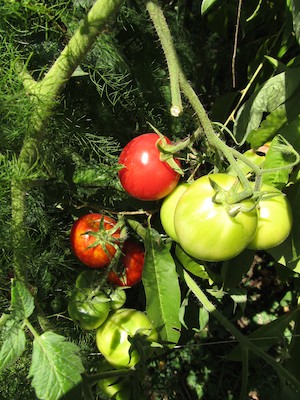
Ripening tomatoes amongst the asparagus
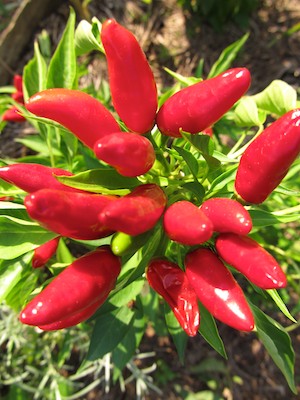
Piri-piri chillies

Black chillies
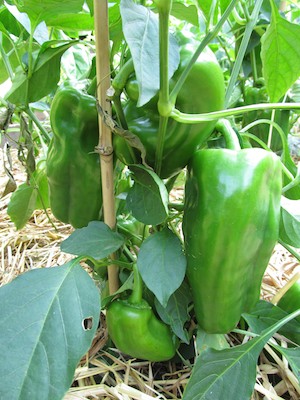
Ripening peppers

Aubergine

Curry plant and piri-piri chillies
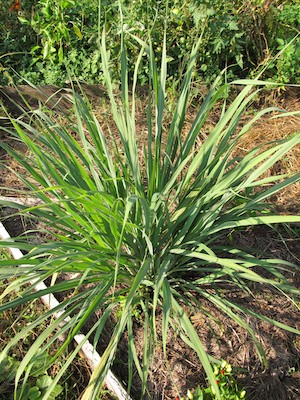
Lemongrass

Courgettes now into their fifth month of production

Recent sowings of lettuce
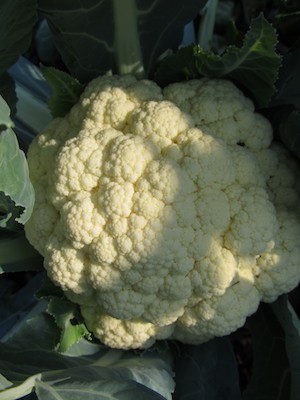
Cauliflower
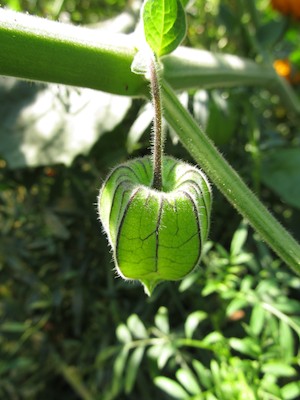
Physalis

Marigolds

Pineapple sage in flower

Flower and leaf of Devil’s weed, Datura stramonium, growing wild in the vegetable garden
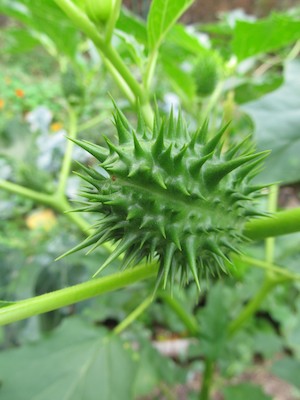
The seed head of Datura stramonium
I’ve been allowing some ‘weeds’ to have a place in the garden, among them the Devil’s weed above. It’s an excellent shade plant, growing tall and spreading wide. It’s also very striking: a bifurcating style of growth with delicate white trumpets of flowers maturing into urchin-like seed heads appearing in the forks, though I’ve been careful to harvest each seed head just before it opens – we wouldn’t want it everywhere … Sepp Holzer talks about there being a place in the garden for the poisonous plants, that they can contribute strength and vigour and improve the health of the soil, and that feels right to me (it’s somewhere in Sepp Holzer’s Permaculture and when I can find it I’ll add the reference).
And lest everything in the garden appear altogether too rosy, there have been some late hatchings amongst the butterfly (both Small and Large Cabbage White) and snail populations. It still amazes me how a single plant, like the young cauliflower below, can be reduced to lacework overnight.


michelle October 7, 2011
cannot believe you are still harvesting courgettes!Fantastic,wish I was there xx